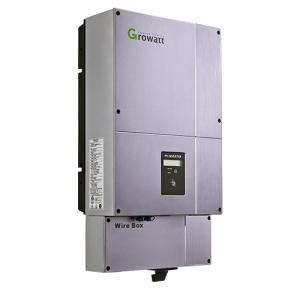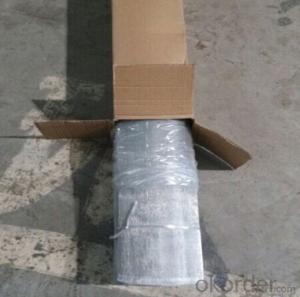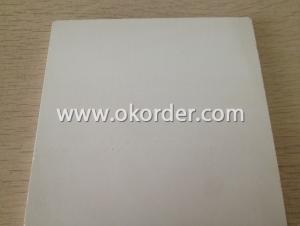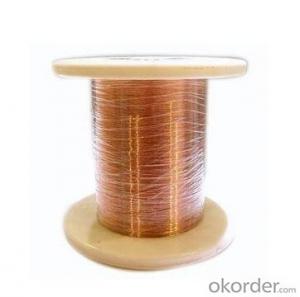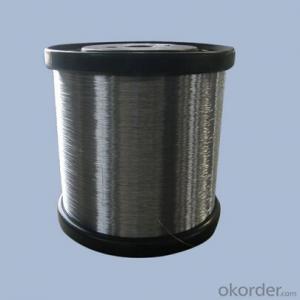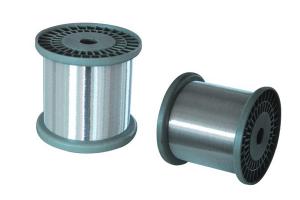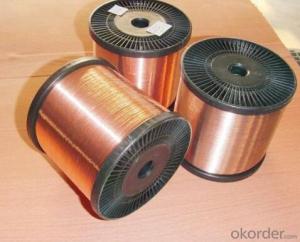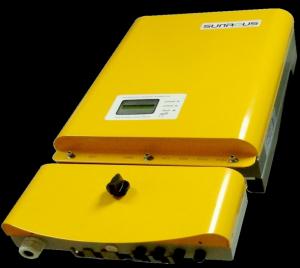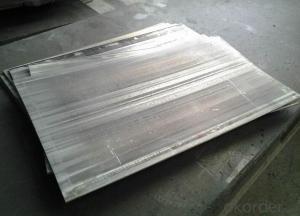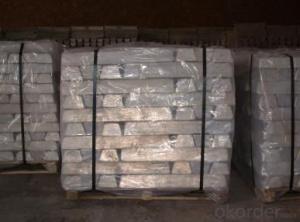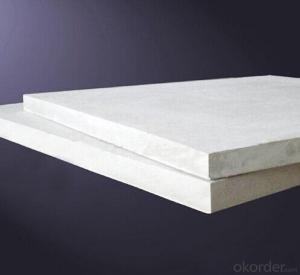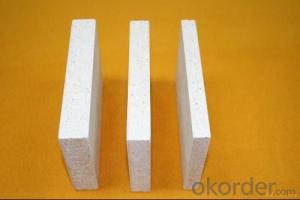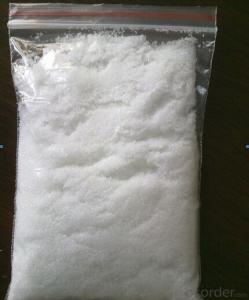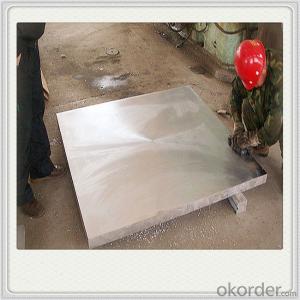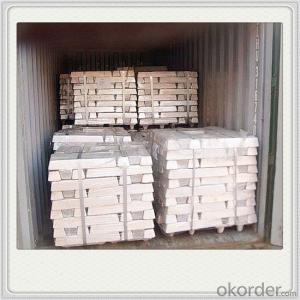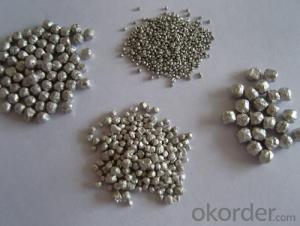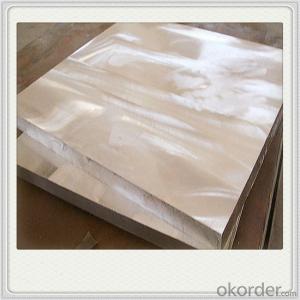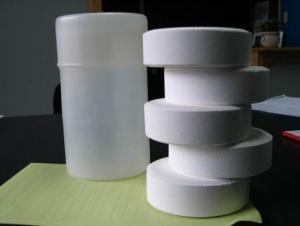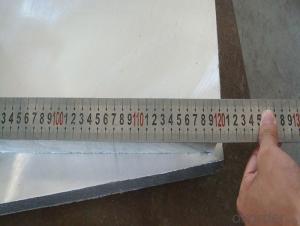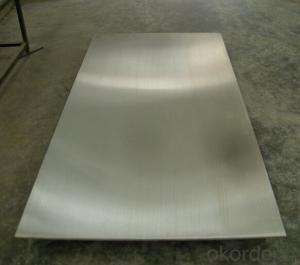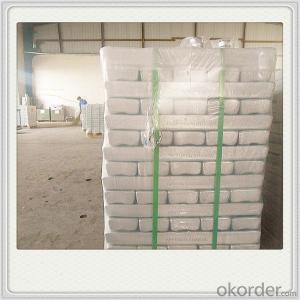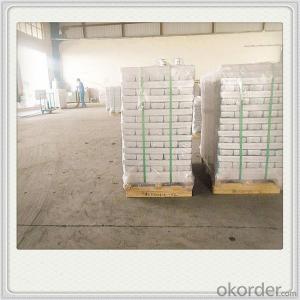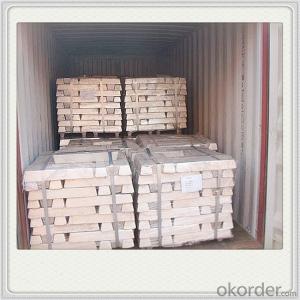Us Magnesium
Us Magnesium Related Searches
Stainless Steel All Clad Clad Stainless Steel Flat Aluminum Wire Coil Copper Tube Aluminum Fin Coil Aluminum Copper Coil Magnesium China Copper Wire Mesh Home Depot Copper Clad Aluminum Plate Copper Colored Aluminum Foil Copper Aluminum FoilHot Searches
Us Solar Module Manufacturers Us Aluminum Companies Stock Us Solar Module Manufacturers Us Aluminum Companies Stock Aluminum Copper Coil Scrap Price Aluminum Wire Price Copper Electrical Wire PricesUs Magnesium Supplier & Manufacturer from China
Okorder.com is a professional Us Magnesium supplier & manufacturer, offers integrated one-stop services including real-time quoting and online cargo tracking. We are funded by CNBM Group, a Fortune 500 enterprise and the largest Us Magnesium firm in China.Hot Products
FAQ
- Yes, a solar inverter can be used with different types of power conditioning units. Solar inverters are designed to convert the DC power generated by solar panels into AC power that can be used by various electrical devices. They can be compatible with different types of power conditioning units, such as battery storage systems or grid-tied inverters, depending on the specific requirements and setup of the solar power system.
- The role of a display or user interface in a solar inverter is to provide users with real-time information about the performance, status, and operational parameters of the inverter system. It allows users to monitor the energy production, voltage levels, current flow, and any potential faults or errors. Additionally, the user interface enables users to configure and control various settings of the solar inverter, such as output power limits, grid synchronization, and system diagnostics.
- The maximum power output of a solar inverter depends on its specifications and capacity. It can range from a few hundred watts to several megawatts, depending on the size and type of the solar inverter.
- No, a solar inverter cannot be used for both single-phase and three-phase applications. The design and functionality of a solar inverter are specific to either single-phase or three-phase systems.
- A solar inverter handles frequency variations in the grid by continuously monitoring the frequency and adjusting its own output accordingly. When the grid frequency increases, the inverter reduces its output frequency to match, and vice versa. This helps maintain a stable and synchronized connection to the grid, ensuring efficient power transfer and protecting both the inverter and the grid from potential damage or instability.
- The role of a solar inverter in reactive power control is to regulate and maintain the power factor of the solar power system. It helps in balancing and adjusting the reactive power produced by the solar panels, ensuring that the system operates at an optimal power factor. This control is essential for efficient and stable operation of the solar power system, as it helps to minimize power losses and improves the overall performance of the system.
- Yes, a solar inverter can be used in areas with unstable power grids. Solar inverters are designed to convert the direct current (DC) generated by solar panels into alternating current (AC) suitable for use in homes or businesses. In areas with unstable power grids, where there are frequent power outages or voltage fluctuations, solar inverters can provide a reliable source of electricity by switching to battery power during grid failures or regulating the voltage to protect sensitive equipment. Additionally, some advanced solar inverters have features like grid support functions or anti-islanding protection, which allow them to operate safely and effectively even in areas with unstable power grids.
- A solar inverter converts direct current (DC) electricity generated by solar panels into alternating current (AC) electricity that can be used to power appliances and feed into the electrical grid. It does this by using a complex electronic circuit that first converts the DC power into high-frequency AC power. This high-frequency AC power is then transformed into the desired voltage and frequency of standard AC power using pulse-width modulation techniques. The converted AC power can then be utilized for various household or commercial electrical needs.

